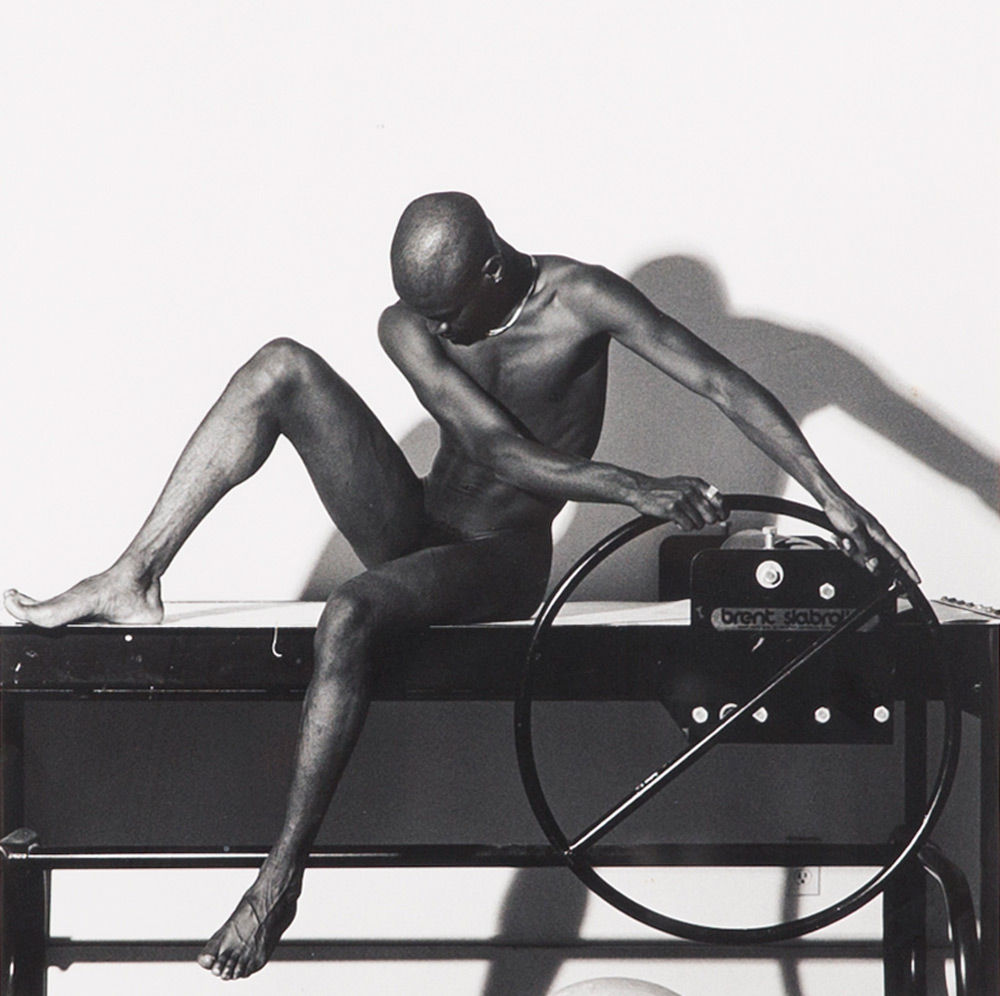
ROBERT MAPPLETHORPE – Serie Z
Fondazione Ghisla Art Collection presents Look at me! The Body in Art from the 1950s up to today, a transversal reading of art, from the post-war period to the present day, through the theme of the body in photography, by the works of international artists and photographers.
An image of the American artist Irving Penn, dated 1949-1950, serves as an introduction to the exhibition, curated by Angela Madesani and Annamaria Maggi, which will be open to the public from 8 September to 5 January 2020.
Look at me! is an articulated investigation through the medium of photography, which, starting from the socially-engaged works of the 1960s and 1970s, takes the visitor through to the great photographers of the ‘80s, before reaching the contemporary period.
“The perspective we started from is that of an investigation into the relationship between the female and male bodies and the research of important artists who have worked with cinema, video, photography and installation. A search that goes beyond the reductive concept of gender to create a dialogue between artists and works which are very different from each other,” says Angela Madesani.
“The body – explains Annamaria Maggi – is the oldest subject in the history of art: since the very first forms of representation, and in many ways still to this day, the human body is the main subject of the various artistic disciplines. Without the body, there would be no art. In the past, the human figure was the essential tool for communicating stories and giving visible form to feelings, beliefs and concepts; even today, despite the multiplication of non-figurative trends and practices that has occurred in the last century, the body is still the protagonist of the research of many of the most radical and interesting contemporary artists: the body continues to be called upon by art to be a symbol”.
The works, which are chronologically placed between the Sixties and Seventies, are almost always evidence of performative actions, as in the case of Marina Abramovic, Vito Acconci, Urs Lüthi, Ana Mendieta, Fabio Mauri, Bruce Nauman, Denis Oppenheim and Gina Pane.
The exhibition then presents works by great photographers who have placed the body at the centre of their research, such as Robert Mapplethorpe, with his images of male nudes, mostly in a sadomasochistic and homoerotic key.
Fashion and advertising are the focus of the work of one of the most irreverent photographic artists of the last thirty years, David Lachapelle: his images, with their bold, strong colours, present subjects which can at times prove provocative, as in the work on display.
Women in unequivocally erotic poses are portrayed by Japanese artist and photographer Nobuyoshi Araki. Also featured in the exhibition is his compatriot, Izima Kaoru, who asks the young female models he photographs about the circumstances in which they would like to die and how they would like to be dressed. Images of great elegance, in stark contrast
with the hard, explicit work by Nan Goldin. Eros and Thanatos is also the subject of the images on display by Andres Serrano, in which old age and youth are compared.
The self-portraits of Francesca Woodman, who committed suicide when she was just over twenty, are delicate and poignant. Self-portraits on display the ones by Cindy Sherman, who has been using transvestism and transformation since her first forays into the art world, similarly to Luigi Ontani, who has been doing self-portraits in various forms since the 1970s. The 1990s work by English artist John Coplans consists of self-portraits of the artist as an old man in which signs of the passage of time are highlighted.
Women, sometimes in erotic and voyeuristic declinations, are the focus of the images by French artist Bettina Rheims.
The subjects of Spencer Tunick’s large-scale photographs are groups of nude people portrayed in disorienting contexts, as exemplified by the work on display, which has the Great Aletsch Glacier in Switzerland as its backdrop.
It is included in the show a stunning piece by Vanessa Beecroft, one of the most important artists on the contemporary Italian scene, who has over twenty years of experience as a creator and director of performance art, in which young women bring to life tableaux vivants of different kinds.
The body of the artist herself is the focus of the work by Iranian Shirin Neshat, which aims to underline the complexity of the conditions of women in Iranian culture, along with their relationship with men.
“My body acts as a barometer, it becomes a needle that unites people from different times and places,” says South Korean artist Kimsooja, a New Yorker by adoption.
Collages made up of photographs of human limbs are the subject of Peter Welz’s Study for a portrait, in which the body takes on a completely different character from the other works on display.
Same Same But Different are two very large photographs by Stefano Scheda, arranged one opposite the other, in which the bodies of two naked men, one white and one black, emerge from the sea and greet each other by raising their arms. A piece that invites us to reflect, to go beyond mere appearances, in a period in which fear of the other seems to have become the order of the day.
The exhibition is accompanied by a catalogue published by Scalpendi Editore.


